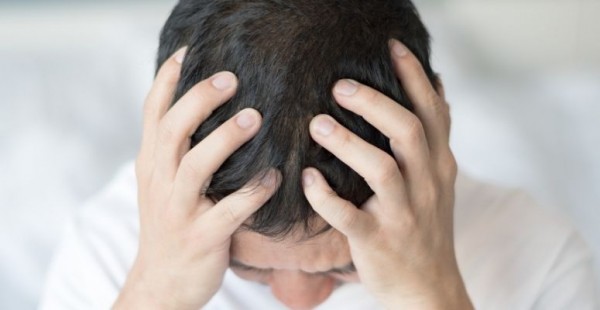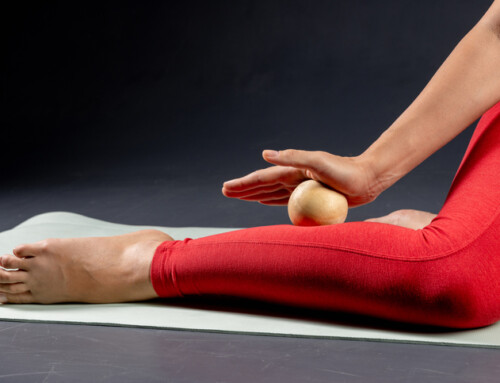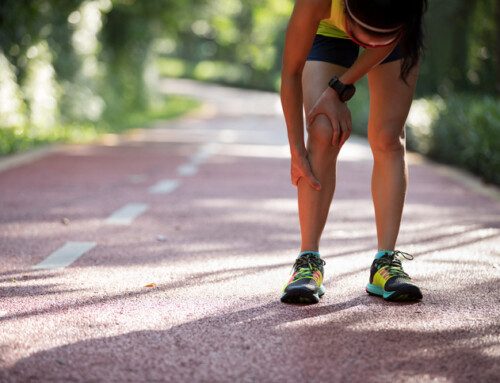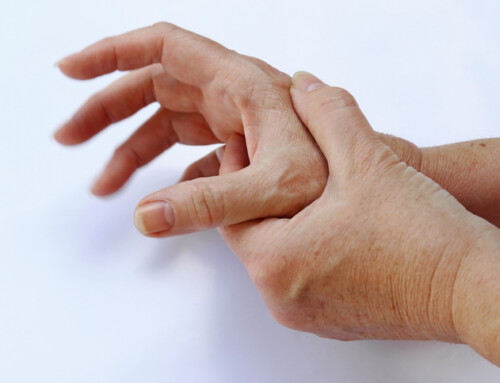by Andrew Parrella, SPT
What Is A Concussion?
Concussions are a common injury that occur as a result of blunt trauma to the head or acceleration/deceleration forces, frequently seen in contact sports and motor vehicle accidents. When someone gets a concussion the external force making contact with the head causes the brain to move and make contact with part of the skull, and thus potentially causing neurochemical, metabolic, and circulatory dysfunction in the brain. This is considered a mild traumatic brain injury (TBI), but a serious one nonetheless. Someone who has a concussion may experience an altered state of awareness, short term memory loss, nausea, dizziness, headaches, lack of attention, visual disturbances, loss of equilibrium, and balance and coordination issues.
Concussions have three grades:
- Grade 1: Person has no loss of consciousness, and symptoms last not longer than 15 minutes following the incident. This is considered a mild concussion.
- Grade 2: Person has no loss of consciousness, but their symptoms persist for longer than 15 minutes following the incident. This is considered a moderate concussion.
- Grade 3: Person loses consciousness following the incident, and likely has symptoms persisting longer than 15 minutes. This is considered a severe concussion.
Concussion symptoms typically last no longer than two weeks, but for some individuals symptoms can last longer than a month or even well beyond that. In the case that symptoms do persist longer than a month, the individual can be diagnosed with Post Concussion Syndrome (PCS). For those with PCS, symptoms can occur at rest or upon some sort of mental or physical exertion, and consequently significantly impairing their quality of life. Physical therapy can help to reduce the risk of developing PCS.
Prevention of PCS VIA Physical Therapy:
Rest is absolutely necessary immediately following a concussive incident in order to allow for the brain to recover, but too much rest may promote deconditioning and the development of PCS. Concussive symptoms that occur upon physical exertion are a result of vestibular dysfunction (vertigo, balance, spatial awareness) and nervous system dysfunction (impaired ventilatory response).
Strategies for treating the vestibular system:
- Balance and spatial awareness training
- Perturbation training
- Postural training
- Strengthen neck muscles
- Maximizing cervical mobility
- Gaze stabilization training
- Coordination trainingBPPV maneuvers if necessary
Strategies for treating nervous system’s response to exercise:
- Habituate a normal response to exercise
- Sub Max anaerobic training
- Progressively increase exercise intensity in controlled environment
Although it can be beneficial to participate in Physical therapy to reduce the risk of developing PCS, it is important to consult with your doctor first. You think you have a concussion or you think you may have developed PCS, contact your doctor before seeing us.
Contact one of our physical therapy clinics for more information or to make an appointment. (518) 518-289-5242
References:
Kontos, A. P., Deitrick, J. M., Collins, M. W., & Mucha, A. (2017). Review of vestibular and Oculomotor screening and Concussion Rehabilitation. Journal of Athletic Training, 52(3), 256-261. doi:10.4085/1062-6050-51.11.05
Leddy, J. J., Haider, M. N., Ellis, M., & Willer, B. S. (2018). Exercise is medicine for concussion. Current Sports Medicine Reports, 17(8), 262-270. doi:10.1249/jsr.0000000000000505






